The city of Podgorica is one of Europe’s newest capitals, gaining this status with Montenegro’s independence in 2006. For many decades in the 1900s, both the city and Montenegro were part of Yugoslavia, and in tribute to the head of state Josip Tito was Podgorica in the years 1946- 1992 known as Titograd.
Podgorica is beautifully situated in the Montrinean countryside on the site of the Ribnica and Morača rivers; just the outlet of Ribnica is one of the city’s scenic and pleasant sights. Podgorica is also located at the foot of the Gorica ridge, which is exactly what the capital’s name means.
One can experience many eras in the city’s history by strolling through its neighborhoods and seeing the varied architecture. From the Ottoman period, many buildings stand and, for example, the Clock Tower; get the best impression from here by walking through the narrow and crooked streets of the old town, Stara Varoš, and the neighborhood of Drač.
The new city, Nova Varoš, came into being after the Ottoman era, and this district is European with a right-angled city plan, large parks and a continental style of construction. A new edition of Podgorica was erected in Socialist Yugoslavia. The large block of flats and trendy brutalism of the time can be seen in the street scene, along with buildings from earlier times and buildings from modern Montenegro.
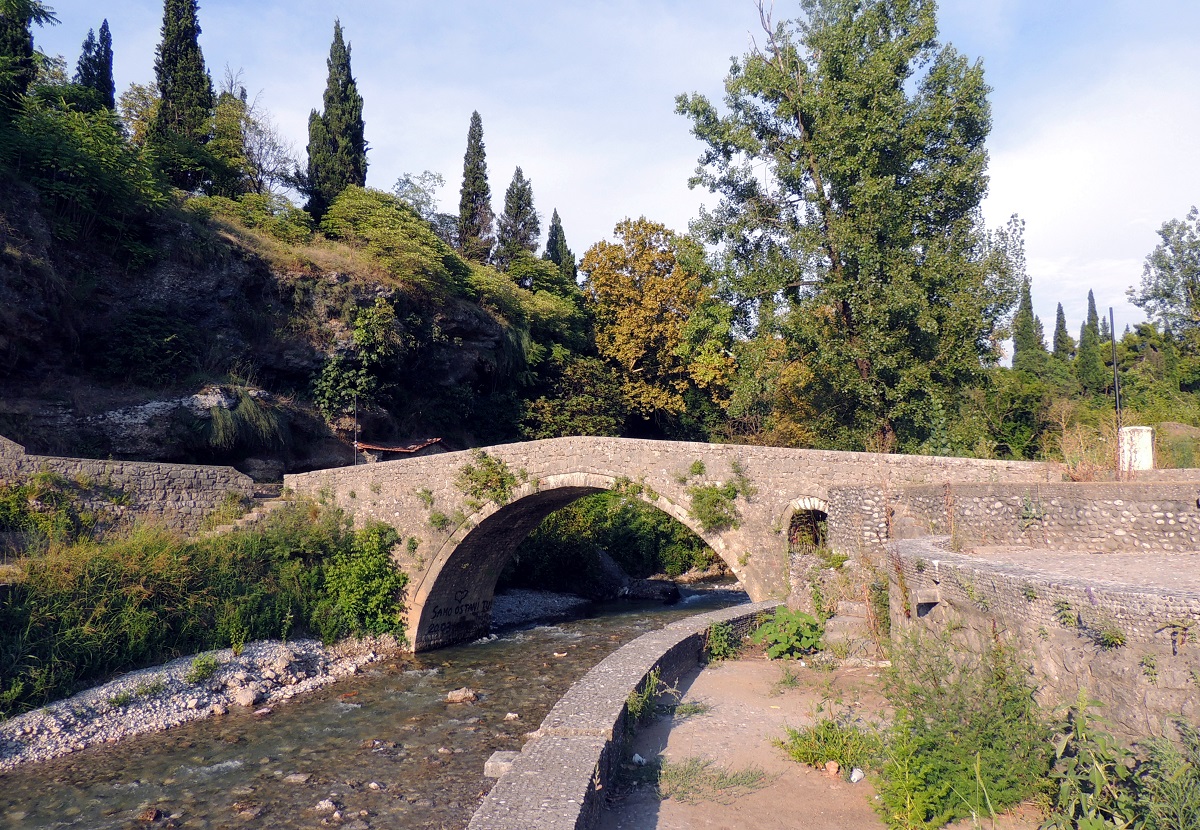


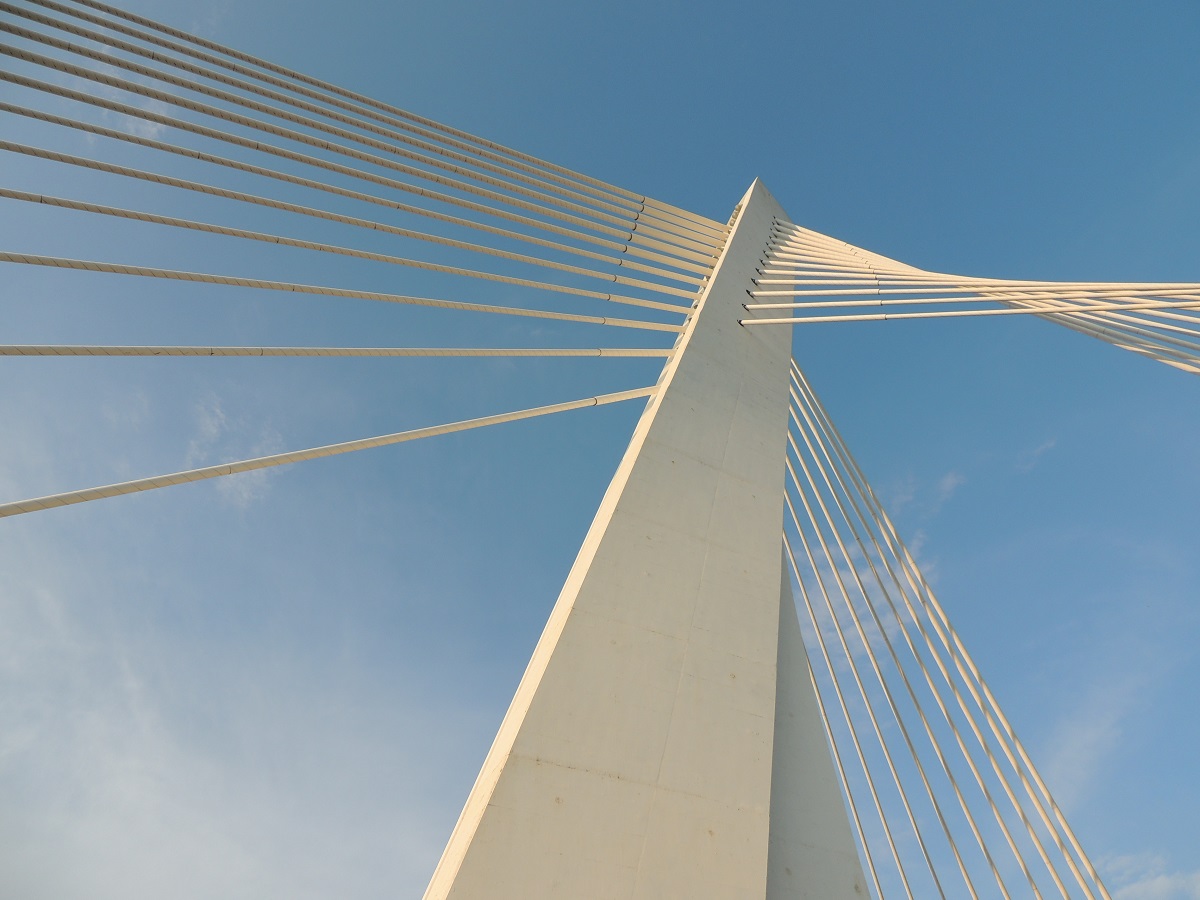
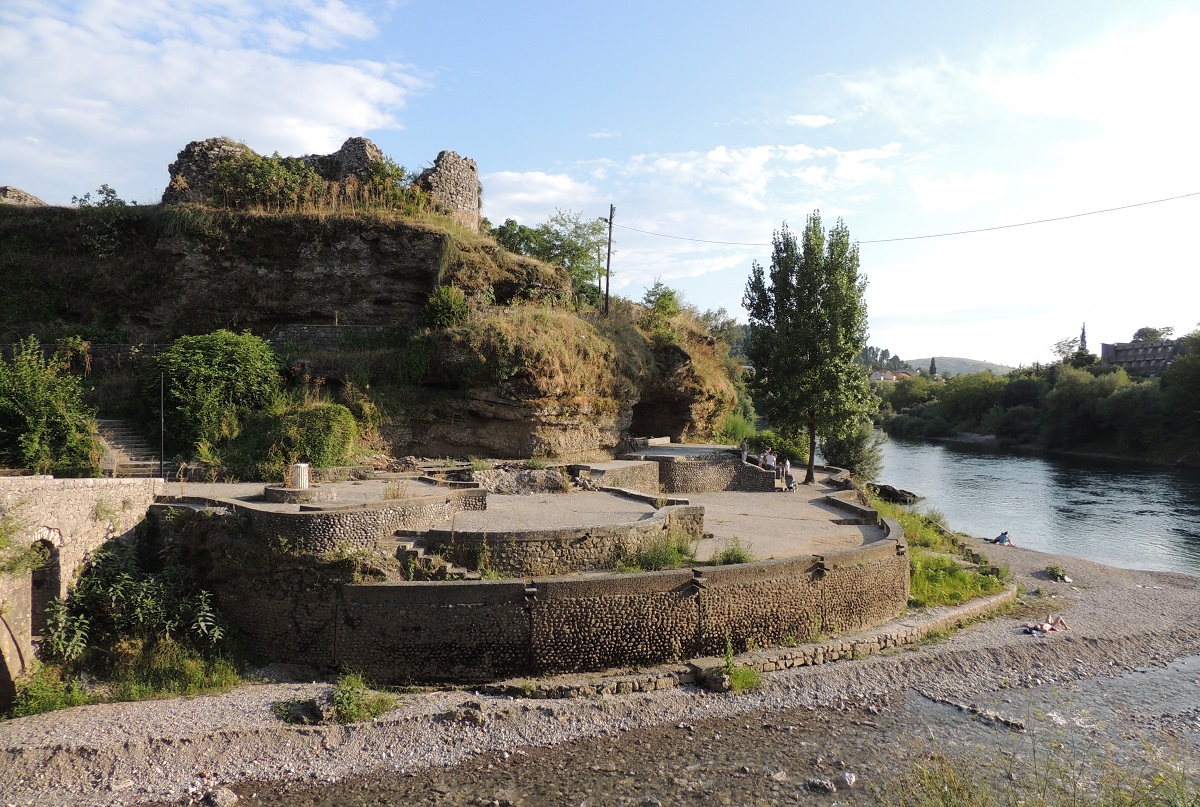
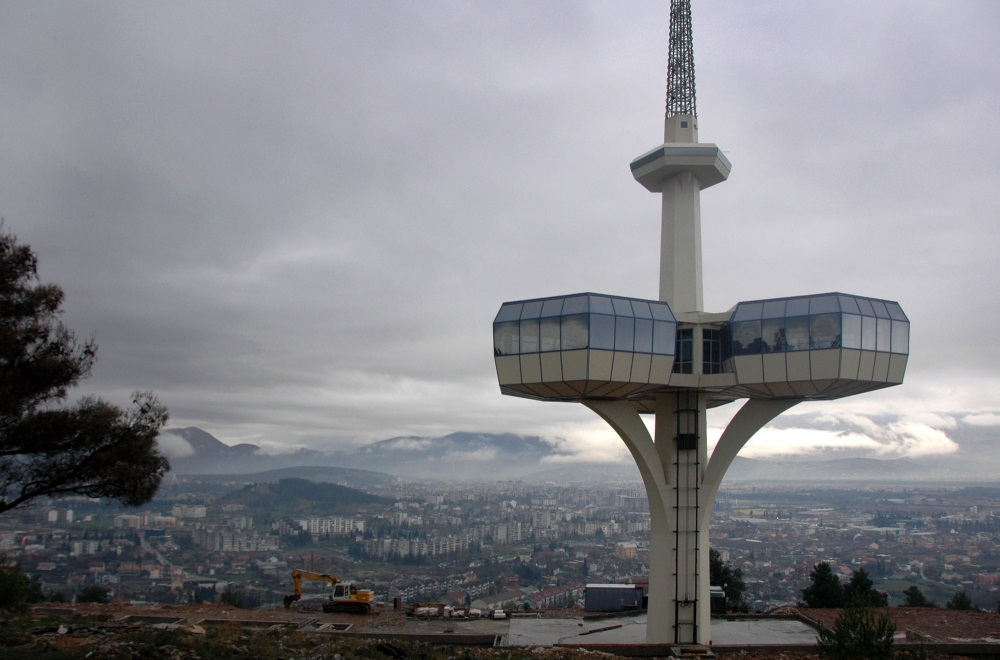
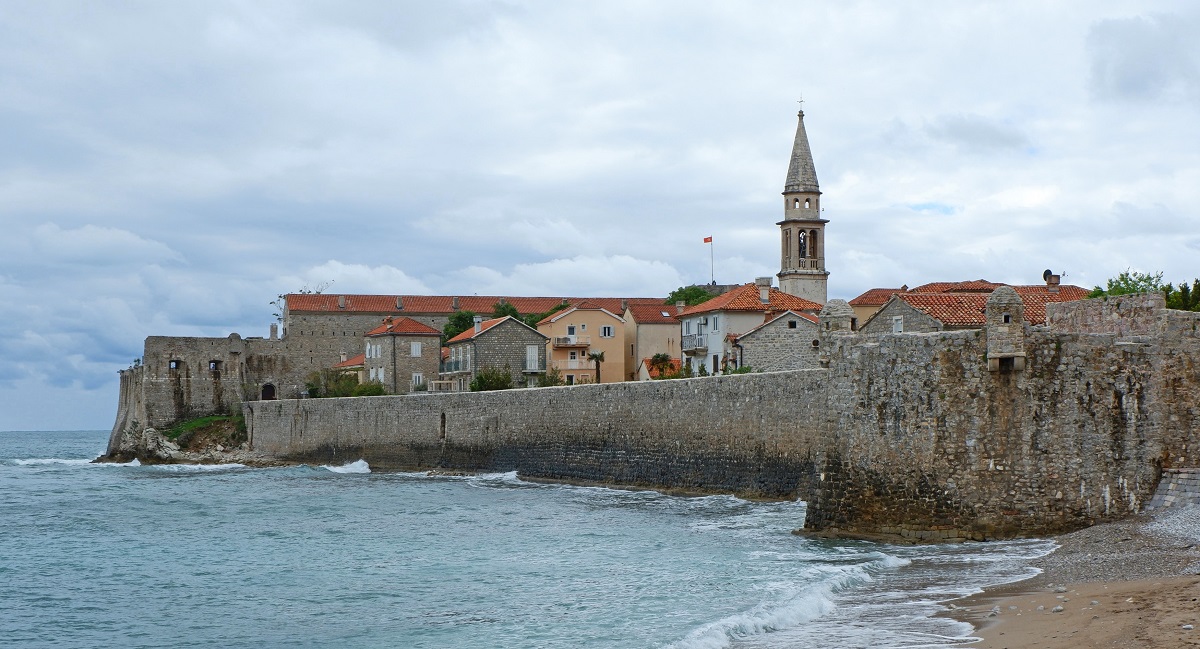

The city’s prehistory
In the lush land around Lake Shkodëra and along the Ribnica and Morača rivers there has been human activity since the Stone Age.
Illyrian tribes came and made an actual settlement in the area of present-day Podgorica, and early on it grew into a post-modern settlement. Thousands are believed to have lived and lived in the Doclea of that time, mentioned in the centuries AD
The settlement of the settlements itself was between Podgorica and Shkodas today, and the fortification of the Illyri was in Meteon, which today is called Medun.
Ribnica was founded
After centuries of the rise and expansion of the Roman Empire, the decline of the mighty kingdom began. It became the starting point for a new immigration of at least Slovenian tribes from the 400s.
Doclea had been destroyed and the new inhabitants fought against the Byzantines of the Eastern Roman Empire for the territory. During this time, the tribes founded the settlement Ribnica.
Ribnica is the river that still flows through central Podgorica, and it was precisely the waterways, not least along Morača, that made the place strategically favorable for the development that came through the following centuries and into the Middle Ages.
However, there were also long periods where Ribnica is not mentioned and this may indicate that, despite favorable geographical conditions, lushness was not a permanent urban settlement. Thus, the existence of a village is not known through the 900-1000 century.
Podgorica in the 1300-1400s
The name Podgorica was first mentioned in 1326 in a document in the town of Kotor at the bay of the same name. Podgorica was at that time a developed and wealthy city, and over time the new name had replaced Ribnica, possibly by a designation for a larger area rather than a specific settlement.
Podgorica was on the trade route from Dubrovnik on the Adriatic, and it was also on other intersecting trade routes, which led to much trade and generally more activities in the city. With the beginning of the 15th century, it was therefore a rich and significant city in the region.
In the 1400s, the Ottoman Empire was on the rise with conquest wars in the Balkans. The fort of Medun fell to the Turks in 1455, and Podgorica and other cities then supported the Republic of Venice in the hope of avoiding Turkish occupation.
However, Turkish troops attacked and conquered Podgorica in 1474, and with their entry, the city’s economic development stopped from the busy trade. The Turks largely converted Podgorica into a defensive building with walls, towers and bastions, and that naturally changed the role of the city.
The Turkish era became a time when the military was in focus, and in later centuries Podgorica was used as an attack point for surrounding cities and areas. With the decline of the Ottoman Empire in the 1700s-1800s, both tone and reprisals also became sharper in Podgorica itself in response to the Turks’ weaker position.
In the mid-1800s, however, there was also some trade in Podgorica, but the population was a modest 6,540 in a report from the time. One-third were Orthodox Christians in the otherwise Muslim realm, and the Montenegrin Freedom Request caused a war of independence to break out in 1875. Montenegro won the war and Montenegro’s Montenegrin status was one of the goals of the fighting.
Berlin Congress 1878
With the decline of the Turkish Ottomans, Podgorica became part of Montenegro after more than 400 years of Turkish rule. Subsequently, strong urban development could begin, and much of the first decades as Montenegrin city happened.
A new district was built north of the river Ribnica, where it was built according to European pattern and in European architecture. Roads were also built for the surrounding towns, so that Podgorica again gained the status of a trading town; just as in the 1300-1400s. During these years, various institutions were established, such as banks to support the new Podgorica.
Industrialization also began in Podgorica in the decades around 1900. The first major factory produced tobacco, and with new jobs, more people moved to the city. In the years after World War I, the population had risen to over 30,000.
World War II and Socialism
Podgorica’s location for World War II was very unfortunate, resulting in more than 70 bombings across the city. They turned most of the city into gravel, so a large-scale reconstruction had to be initiated in socialist Yugoslavia, which became a reality after World War II.
On July 13, 1946, Podgorica, under the name of Titograd, was appointed the capital of Montenegro, one of the states of the Federation of Yugoslavia. This status as the capital was the starting point for a large-scale expansion throughout the socialist years.
Throughout the decades following World War II, a completely new urban center was erected, with many new state institutions established and inaugurated. Museums, educational sites and a massive housing development formed Podgorica, which through the socialist era became Montenegro’s economic, cultural and political center.
In recent decades
The name Titograd was maintained until 1992, when Podgorica again became the official name of the Montenegrin capital. The country remained in union with Serbia until 2006, when Montenegro became independent with Podgorica as its capital.
Since the 1990s, much has happened in Podgorica’s cityscape. Several large-scale and ambitious building and construction plans have been implemented, so today the center stands with a mix of new and old. The socialist era had its architecture, which had parts of brutalism, among others, and the independent Montenegro builds and experiments in modern architecture.
Overview of Podgorica
The city of Podgorica is one of Europe’s newest capitals, gaining this status with Montenegro’s independence in 2006. For many decades in the 1900s, both the city and Montenegro were part of Yugoslavia, and in tribute to the head of state Josip Tito was Podgorica in the years 1946- 1992 known as Titograd.
Podgorica is beautifully situated in the Montrinean countryside on the site of the Ribnica and Morača rivers; just the outlet of Ribnica is one of the city’s scenic and pleasant sights. Podgorica is also located at the foot of the Gorica ridge, which is exactly what the capital’s name means.
One can experience many eras in the city’s history by strolling through its neighborhoods and seeing the varied architecture. From the Ottoman period, many buildings stand and, for example, the Clock Tower; get the best impression from here by walking through the narrow and crooked streets of the old town, Stara Varoš, and the neighborhood of Drač.
The new city, Nova Varoš, came into being after the Ottoman era, and this district is European with a right-angled city plan, large parks and a continental style of construction. A new edition of Podgorica was erected in Socialist Yugoslavia. The large block of flats and trendy brutalism of the time can be seen in the street scene, along with buildings from earlier times and buildings from modern Montenegro.
About the tour guide to Podgorica
Number of tours: 3 tours in the city + tours in the surrounding
Pages: 26
Published: 2019
Author: Stig Albeck
Publisher: Vamados.dk
Language: Danish
ISBN: 978-87-93329-42-5
About the travel guide
The city of Podgorica is one of Europe’s newest capitals, gaining this status with Montenegro’s independence in 2006. For many decades in the 1900s, both the city and Montenegro were part of Yugoslavia, and in tribute to the head of state Josip Tito was Podgorica in the years 1946- 1992 known as Titograd.
Podgorica is beautifully situated in the Montrinean countryside on the site of the Ribnica and Morača rivers; just the outlet of Ribnica is one of the city’s scenic and pleasant sights. Podgorica is also located at the foot of the Gorica ridge, which is exactly what the capital’s name means.
Read more about Podgorica and Montenegro
Buy the travel guide
Click the “Put in cart” button to buy the travel guide. You will then be taken to the payment, where you enter the purchase and payment information. After completing the wizard payment, you will immediately receive a receipt with a link to download your purchase. You can download the wizard immediately or use the download link in the email later.
Use the travel guide
When you buy the travel guide to Podgorica, you get the book online so you can have it on your phone, tablet or computer – and of course you can choose to print it. Use the maps and tour suggestions and you will have a good and content-rich journey.
Beautiful Bridges • Gorica • Resurrection Cathedral • Hercegovačka Street
Overview of Podgorica
The city of Podgorica is one of Europe’s newest capitals, gaining this status with Montenegro’s independence in 2006. For many decades in the 1900s, both the city and Montenegro were part of Yugoslavia, and in tribute to the head of state Josip Tito was Podgorica in the years 1946- 1992 known as Titograd.
Podgorica is beautifully situated in the Montrinean countryside on the site of the Ribnica and Morača rivers; just the outlet of Ribnica is one of the city’s scenic and pleasant sights. Podgorica is also located at the foot of the Gorica ridge, which is exactly what the capital’s name means.
One can experience many eras in the city’s history by strolling through its neighborhoods and seeing the varied architecture. From the Ottoman period, many buildings stand and, for example, the Clock Tower; get the best impression from here by walking through the narrow and crooked streets of the old town, Stara Varoš, and the neighborhood of Drač.
The new city, Nova Varoš, came into being after the Ottoman era, and this district is European with a right-angled city plan, large parks and a continental style of construction. A new edition of Podgorica was erected in Socialist Yugoslavia. The large block of flats and trendy brutalism of the time can be seen in the street scene, along with buildings from earlier times and buildings from modern Montenegro.
About the tour guide to Podgorica
Number of tours: 3 tours in the city + tours in the surrounding
Pages: 26
Published: 2019
Author: Stig Albeck
Publisher: Vamados.dk
Language: Danish
ISBN: 978-87-93329-42-5
About the travel guide
The city of Podgorica is one of Europe’s newest capitals, gaining this status with Montenegro’s independence in 2006. For many decades in the 1900s, both the city and Montenegro were part of Yugoslavia, and in tribute to the head of state Josip Tito was Podgorica in the years 1946- 1992 known as Titograd.
Podgorica is beautifully situated in the Montrinean countryside on the site of the Ribnica and Morača rivers; just the outlet of Ribnica is one of the city’s scenic and pleasant sights. Podgorica is also located at the foot of the Gorica ridge, which is exactly what the capital’s name means.
Read more about Podgorica and Montenegro
Buy the travel guide
Click the “Put in cart” button to buy the travel guide. You will then be taken to the payment, where you enter the purchase and payment information. After completing the wizard payment, you will immediately receive a receipt with a link to download your purchase. You can download the wizard immediately or use the download link in the email later.
Use the travel guide
When you buy the travel guide to Podgorica, you get the book online so you can have it on your phone, tablet or computer – and of course you can choose to print it. Use the maps and tour suggestions and you will have a good and content-rich journey.



Similar to Podgorica Travel Guide
There are no listings matching your search.
Reset